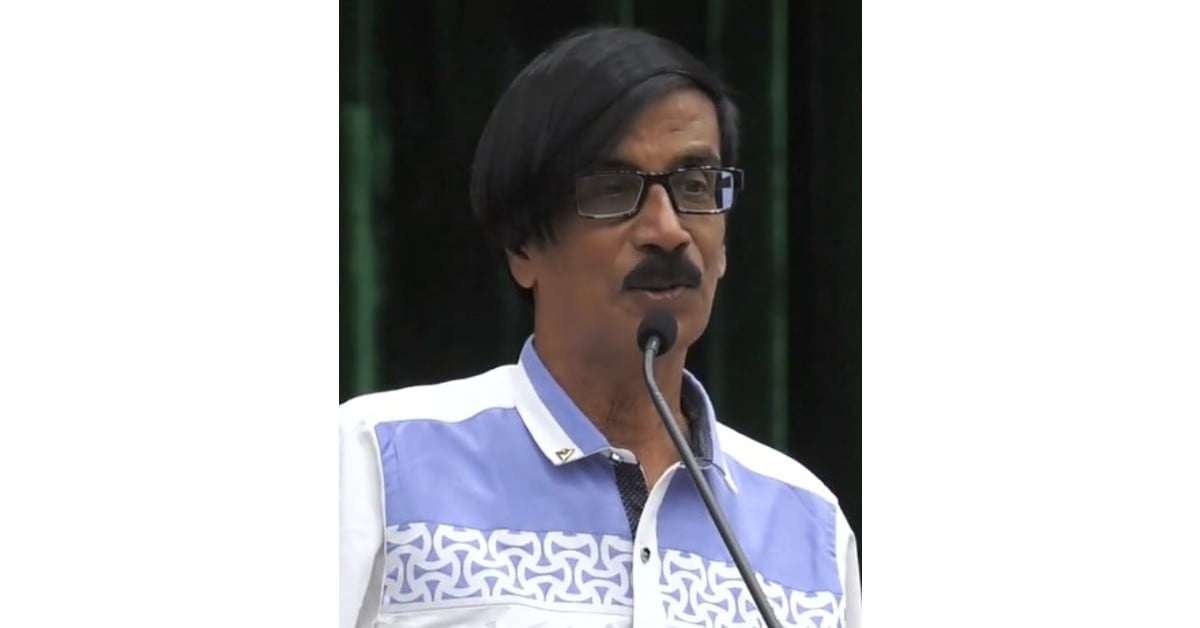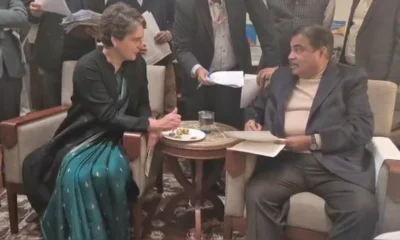Entertainment
Tamil actor-director Manobala passes away at 69, Rajnikanth and other South stars pay tribute
Manobala was last seen in Kajal Aggarwal’s film Ghosty.

Entertainment
Gaurav Khanna wins Bigg Boss 19, lifts trophy and Rs 50 lakh prize
Gaurav Khanna has been crowned the winner of Bigg Boss 19, securing the trophy and Rs 50 lakh after a competitive finale.
Entertainment
Dhurandhar review: Ranveer Singh roars back, Akshaye Khanna shines in intense spy thriller
Ranveer Singh returns with a ferocious performance in Dhurandhar, supported by Akshaye Khanna, Sanjay Dutt, and a gripping espionage storyline set against real historical events.
Entertainment
120 Bahadur box office day 1: Farhan Akhtar’s film starts slow with Rs 2.35 crore opening
Farhan Akhtar’s new release 120 Bahadur opened to Rs2.35 crore, while De De Pyaar De 2 continued its strong hold on day eight.
-

 India News23 hours ago
India News23 hours agoRs 20,000 fine or forced return as Delhi turns away old vehicles at borders amid severe pollution
-

 India News17 hours ago
India News17 hours agoAAP dominates Punjab zila parishad polls, leads in most panchayat samiti zones
-

 India News22 hours ago
India News22 hours agoParliament passes bill to allow 100% foreign investment in insurance sector
-

 Cricket news21 hours ago
Cricket news21 hours agoIndia vs South Africa T20I abandoned due to fog raises questions over BCCI scheduling
-

 India News21 hours ago
India News21 hours agoVijay signals political push with TVK rally as last film Jana Nayagan promotion aligns with 2026 polls
-

 India News16 hours ago
India News16 hours agoPriyanka Gandhi meets Nitin Gadkari over Kerala road projects, light moments mark discussion
-

 Latest world news16 hours ago
Latest world news16 hours agoIndia closes two more visa centres in Bangladesh amid worsening security concerns




